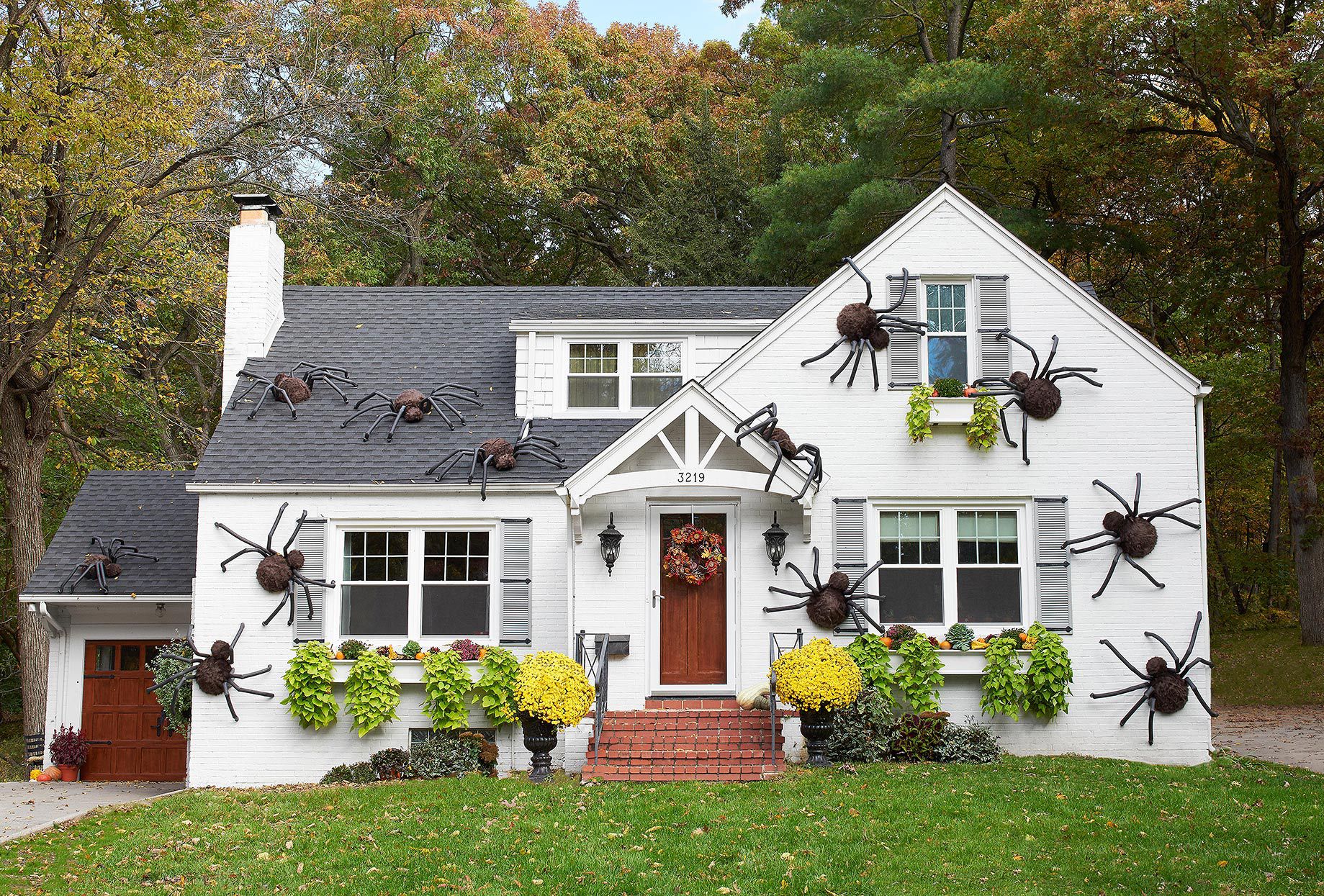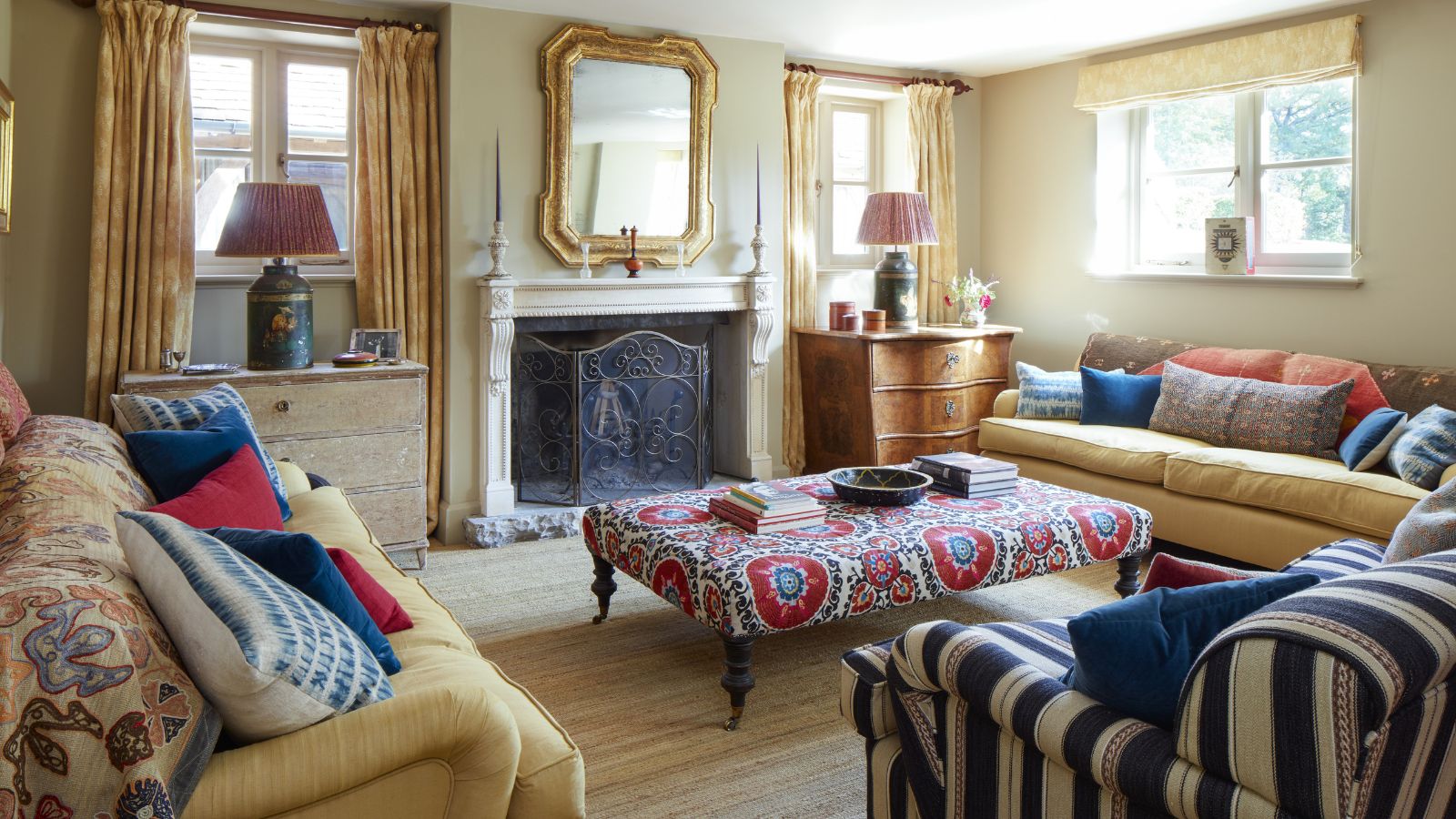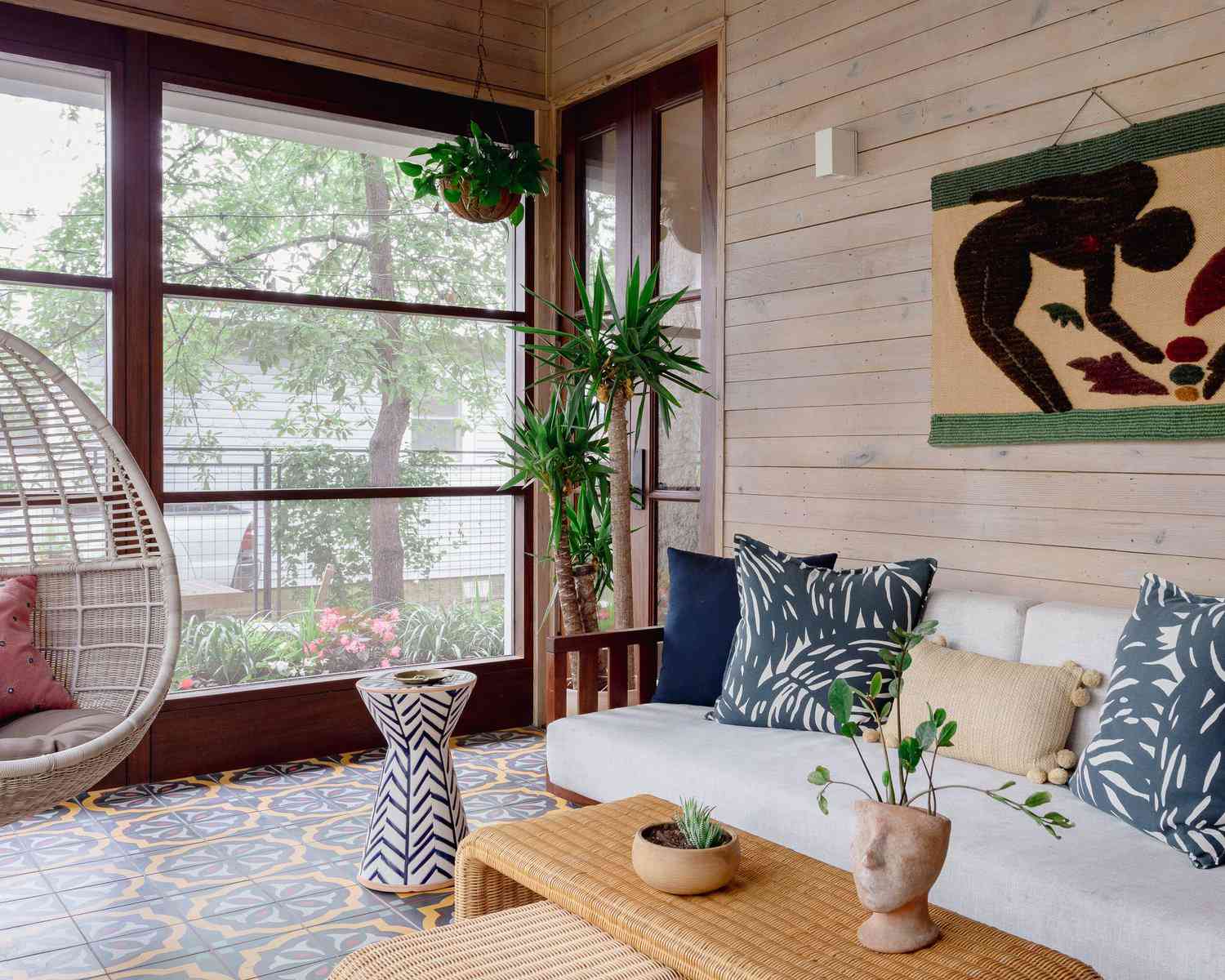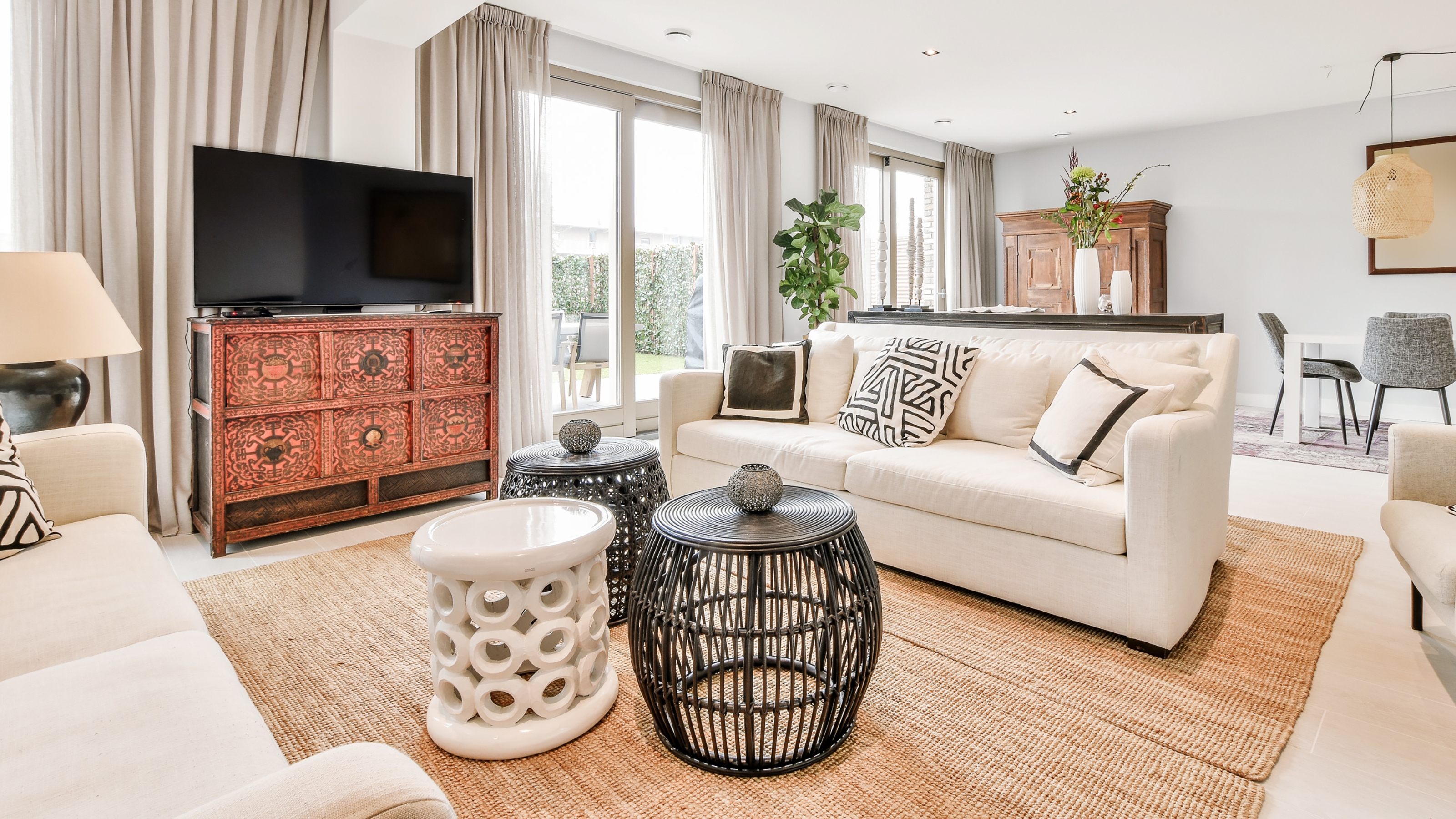Adding Personal Touches to Store Bought Items
Make plain purchased pieces feel special with easy customization ideas that show your personal style and creativity.

Adding Personal Touches to Store Bought Items
You know what I find funny? We spend so much money buying things from stores, then we bring them home and they just sit there looking like everyone else's stuff. I been doing crafts for more than forty years now, and let me tell you something - the best pieces in my home aren't the expensive ones. They're the ones I took time to make special with my own hands.
When I walk through the shopping centers here in British Columbia, I see all these beautiful things. Nice pillows, pretty frames, lovely candles. But they all look the same, you know? Every house on the street got the same decorations from the same stores. That's why I started adding my personal touches to everything I buy. It don't take professional skills or fancy equipment. Just some creativity and willingness to try.
The wonderful thing about customizing store bought items is that you start with something that already works good. The structure is there, the quality is there. You just making it yours. It's like taking a plain cake from the bakery and decorating it yourself - you get the benefit of professional baking, but the personal touch that makes people say "wow, you made that?"
In this article, I'm gonna share with you all the techniques I learned over the years. Some of them I figured out myself, some I learned from craft groups here in Canada, and some I picked up from making mistakes. By the end, you'll have lots of ideas for making your purchased items look special and unique to your home and style.
Starting With Paint and Simple Techniques
Paint is your best friend when you want to customize things. I keep a collection of acrylic paints in my craft corner - maybe twenty different colors that I collected over time. You don't need to buy everything at once. Start with basic colors and add more when you need them.
Plain wooden furniture from discount stores is perfect for painting. I bought a simple bookshelf from one of those flat-pack furniture places for maybe sixty dollars. It was just plain wood color, nothing special. I painted it in a soft blue-grey color, then added some hand-painted flowers on the sides. Now it looks like something from an expensive boutique, and everyone who visits asks where I bought it. I just smile and say "I made it special myself."
Paint Techniques That Look Professional
One technique I love is called "dry brushing." You take a brush with just tiny bit of paint on it, and you brush it lightly over raised surfaces. This makes furniture look antique and expensive. I did this on a regular picture frame from the dollar store, and now it looks like I paid fifty dollars for it in a fancy shop.
Another good technique is using stencils. You can buy stencils from craft stores, or you can make your own from cardboard. I made stencils of maple leafs - because we're Canadian, right? - and I use them on everything. Plain throw pillows, boring storage boxes, simple curtains. Just tape the stencil down, dab paint through it with a sponge, and you got a custom design.
Color blocking is also very popular now. This is when you paint different sections in different colors. I took a plain white ceramic vase and painted the bottom half in dark green. The top stayed white. It looks very modern and stylish, like something from those expensive home magazines. Cost me maybe two dollars in paint and thirty minutes of my time.
Fabric Additions That Transform Everything
Fabric is another wonderful way to personalize store items. You don't need to be expert seamstress - I'm certainly not one! But I can use fabric glue and do some basic stitching, and that's enough for most projects.
Plain lampshades are perfect for fabric customization. I buy the basic white ones, then I cover them with pretty fabric. You can use fabric glue for this - no sewing required. I did one with vintage floral fabric I found at a garage sale for three dollars. The lampshade cost eight dollars. Together, they make a lamp that looks like it cost hundred dollars from a designer shop.
Easy Fabric Projects for Beginners
Covering plain storage boxes with fabric is one of my favorite projects. Those cardboard storage boxes from organizing stores - they work fine, but they're so boring. I cover them with fabric that matches my room colors. Just measure the box, cut the fabric with little extra, and glue it on. You can get fancy and add ribbon around the edges to hide any messy bits. Nobody sees the messy parts anyway.
Plain throw pillows can be transformed with fabric too. If you can sew even a little bit, you can add fabric patches, make envelope covers, or sew on decorative strips. I made pillow covers from old sweaters once - this is called "upcycling." The sweater texture makes the pillows look cozy and expensive. My daughter thought I bought them from a fancy boutique downtown. She was surprised when I told her they used to be my old cardigans.
Table runners and placemats are easy to customize too. Buy plain ones in neutral colors, then add fabric trim around the edges. Or sew on fabric shapes - maybe hearts, stars, or geometric patterns. I made a set of four placemats more interesting by adding a strip of contrasting fabric along one edge. Took me maybe two hours total, and now my dining table looks put-together and styled.
Adding Embellishments and Details
Sometimes all you need is some embellishments to make store-bought items special. Embellishments are things like buttons, beads, ribbons, lace, sequins - all those little decorative bits you can find in craft stores.
I buy plain picture frames when they go on sale - sometimes you can get them for couple dollars each. Then I decorate them with buttons. I glue buttons all around the frame in different sizes and colors. Each frame becomes unique and tells a story. I made one with all blue buttons for my son's room with his hockey photos. Another one with pearl-colored buttons for my daughter's wedding picture. People always comment on these frames.
Creating Texture and Interest
Ribbon is very versatile for customization. You can glue ribbon around edges of mirrors, around storage baskets, on plain curtains, around lampshade edges. I bought grosgrain ribbon in bulk from a craft store sale - got maybe twenty yards for ten dollars. I been using it for years on different projects. A simple basket from the dollar store becomes special with ribbon wrapped around the rim and a bow on the handle.
Beads and sequins add sparkle to plain items. I'm not talking about making things too sparkly - just subtle additions. A plain glass candle holder becomes elegant with some glass beads glued around the bottom. A simple hair clip becomes special with few sequins added. These small touches make big difference in how something looks.
Lace and trim can make plain items look vintage and romantic. I add lace to the edges of plain towels - just hand-stitch it on, nothing complicated. Regular white towels become fancy guest towels. Same thing with plain cloth napkins. Add a strip of lace along one edge, and suddenly they're suitable for dinner parties. My friends think I spend lots of money on fancy linens, but really I just spend a little time adding details to regular ones.
Personalization Through Text and Monograms
Adding words, names, or initials to items makes them truly personal. You don't need fancy equipment for this - there are lots of simple methods that work great.
Vinyl letter stickers are available at craft stores in different sizes and fonts. I use these to personalize storage containers, decorative signs, even furniture. I labeled all my craft storage boxes with vinyl letters - "FABRIC," "YARN," "PAINT," "BUTTONS." It looks neat and organized, much better than handwritten labels. You can also use vinyl letters to add inspirational quotes to plain wooden signs or frames.
Hand-Lettering Techniques
If you have decent handwriting, you can paint letters directly onto items. I use paint markers for this - they're like markers but with paint inside, so they work on many surfaces. I personalized plain mugs for Christmas gifts last year with paint markers. Wrote names and added little designs. After you paint on ceramic, you bake it in the oven to set the paint, and it becomes permanent and dishwasher safe.
Embroidery is another way to add text, though it requires more skill. I learned basic embroidery from YouTube videos - it's not as hard as it looks. You can embroider initials on plain towels, pillowcases, cloth napkins, or clothing. Even if your stitches aren't perfect, the handmade quality adds charm. I embroidered my granddaughter's initials on a plain baby blanket I bought, and it became a treasured keepsake.
Stenciling letters is easier than hand-painting if you're not confident in your lettering skills. Buy alphabet stencils or print letters from your computer and cut them out to make templates. I made a welcome sign for my front door this way. Bought a plain wooden board from the hardware store, stenciled "WELCOME" in nice letters, added some painted flowers around it. The whole project cost maybe fifteen dollars and looks like I paid much more.
Using Natural Elements for Unique Touches
Nature provides wonderful materials for customizing store-bought items, and most of them are free. This is especially nice here in Canada where we have beautiful natural surroundings.
I collect interesting things when I go for walks - pinecones, interesting twigs, smooth stones, pretty leaves in fall. These all can be used to decorate plain items. I glued pinecones around a plain mirror frame, and now it looks like expensive rustic decor. Cost me nothing except the glue and my time.
Seasonal Natural Decorations
Driftwood pieces make beautiful additions to plain items. If you live near water, you can find driftwood on beaches. I attached small pieces of driftwood to a plain picture frame using strong glue. The natural wood texture and grey color make it look like something from a high-end cottage store. You can also use driftwood pieces to make handles for plain boxes or to decorate the base of lamps.
Dried flowers and plants last long time and add natural beauty. I buy plain glass vases from thrift stores - usually just couple dollars each. Then I paint the bottom portion with chalk paint and leave the top clear. Put dried flowers or decorative branches inside, and you got elegant decor. I also pressed flowers and leaves, then glued them onto plain candles. When the candle burns, the light shines through the pressed flowers - very pretty effect.
Stones and pebbles can decorate lots of things. I collected smooth stones from the beach and glued them around a plain terracotta pot. Now it's a unique planter that everyone admires. You can also use stones to decorate picture frames, mirror frames, or create mosaic patterns on table tops. The key is arranging them in pleasing pattern and using strong adhesive so they stay in place.
Creative Techniques for Different Materials
Different store-bought items need different customization approaches. What works for wood might not work for glass or metal. Here's what I learned about working with different materials.
Glass and Ceramic Items
Glass and ceramic need special paints that stick properly. Regular acrylic paint will wash off. I use glass paint or ceramic paint, which you can find at craft stores. After painting, you usually need to bake the item in oven to make the paint permanent. I decorated plain glass jars this way - painted designs on them, baked them, and now I use them for storage. They look much nicer than plain jars.
Etching cream is another option for glass. This creates frosted design on clear glass. You apply stencil, brush on the etching cream, wait few minutes, then rinse off. The result is permanent frosted design. I etched designs on plain drinking glasses and a bathroom mirror. It looks very professional, but it's actually quite easy to do.
Metal Objects
Metal items need primer before painting, otherwise paint won't stick good. I learned this after my paint peeled off a metal picture frame. Now I always sand metal lightly, apply metal primer, then paint. Works much better. You can also use metallic paints on metal items for elegant look. I painted plain metal candle holders with gold metallic paint, and they look expensive now.
Rust-oleum spray paint works great for metal furniture. I transformed an old metal plant stand with spray paint. Took it outside, put down newspaper, and sprayed it with turquoise paint. Let it dry between coats. The result looks like brand new furniture. Spray painting is faster than brush painting for large metal items, and it gives smooth finish.
Wood and Wicker
Wood is easiest material to customize because most techniques work on it. Besides painting, you can stain wood, burn designs into it with wood-burning tool, add decoupage, or attach other materials to it. I bought plain wooden boxes from craft store and customized each one differently - one with decoupage, one with paint, one with fabric covering. Now I have unique storage that all coordinates but isn't boring matching set.
Wicker and rattan can be painted too, though it takes more paint because of all the texture. I spray-painted a plain wicker basket white, and it became shabby-chic style decor. You can also weave ribbon through wicker for color without painting. I did this with a plain wicker tray - wove turquoise ribbon through the edges, and it became much more interesting.
Making It Your Own
The beauty of adding personal touches to store-bought items is that there's no wrong way to do it. Your style is your style. What matters is that you're creating something unique that brings you joy. I made plenty of mistakes over the years - painted things that didn't turn out how I imagined, glued embellishments that fell off, tried techniques that didn't work. But I learned from each mistake, and now I have skills I never thought I'd have.
Start small if you're feeling nervous. Pick one simple project - maybe a plain picture frame or a basic storage box. Try one technique. See how it feels. If you enjoy it, try another project. Before you know it, you'll have whole house full of customized items that reflect your personality and creativity. And you'll save money too, because customizing inexpensive store items costs much less than buying expensive decorator pieces.
The most rewarding part is when someone visits your home and asks "where did you get that?" and you can say "I made it." There's real pride in creating something with your own hands, even if you started with store-bought base. You're not just buying things and filling your home with them. You're putting yourself into your surroundings, making them truly yours. And that's what makes a house feel like home.
Share This Article
Continue Reading

How I Update My Wardrobe Each Season
Find out which basic pieces work year after year and how small changes can give you a fresh look wit...

Garden Decorations You Can Make This Weekend
Turn everyday items into charming garden accents with these simple projects that even beginners can ...

My Favorite Sewing Projects for Beginners
Start your sewing journey with these straightforward projects that help you practice basic stitches ...
